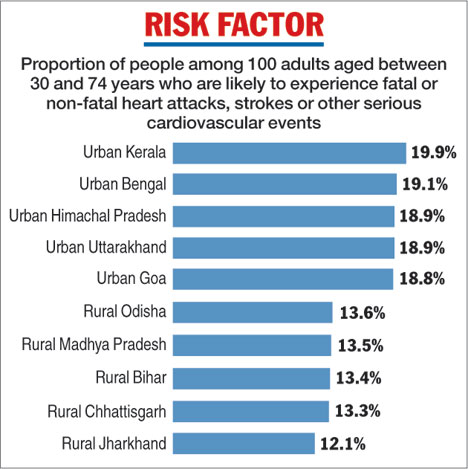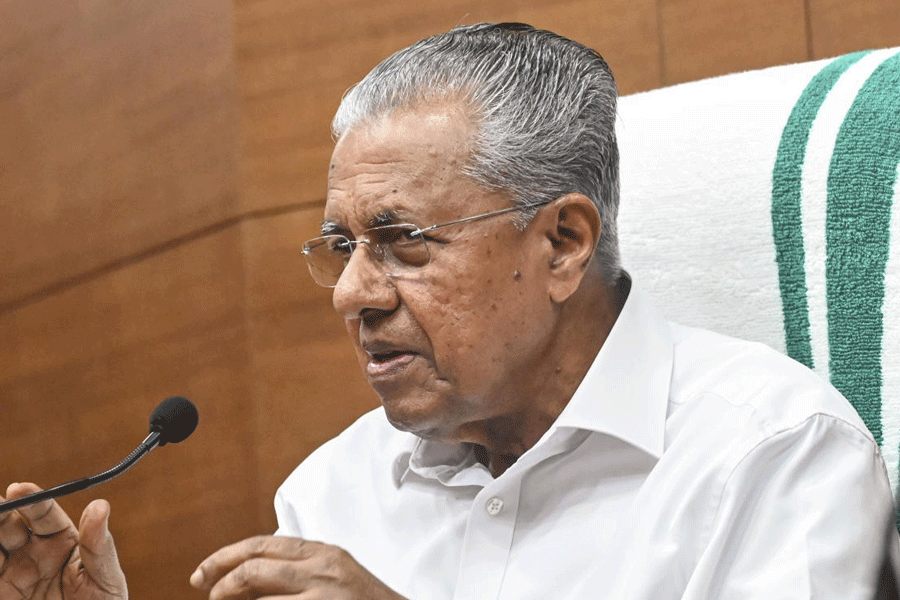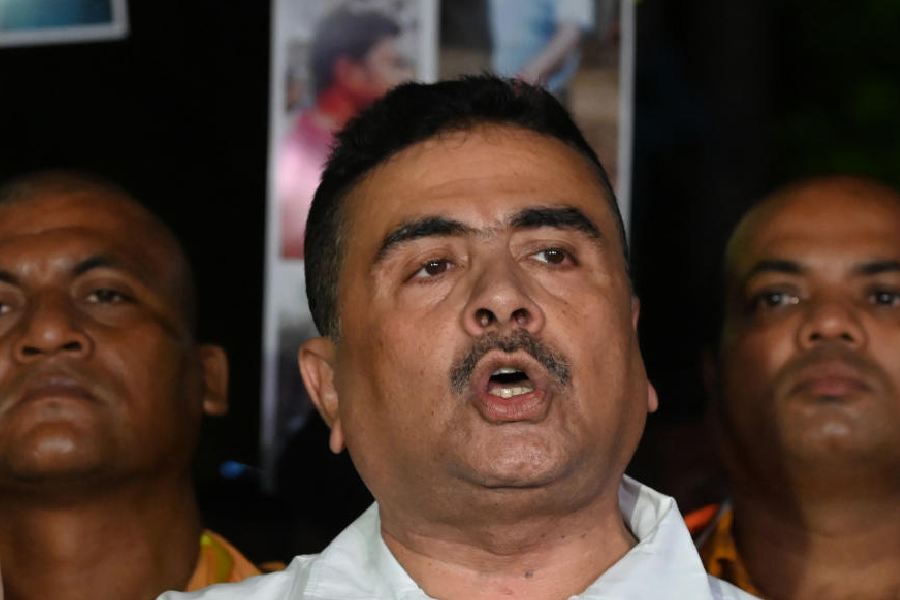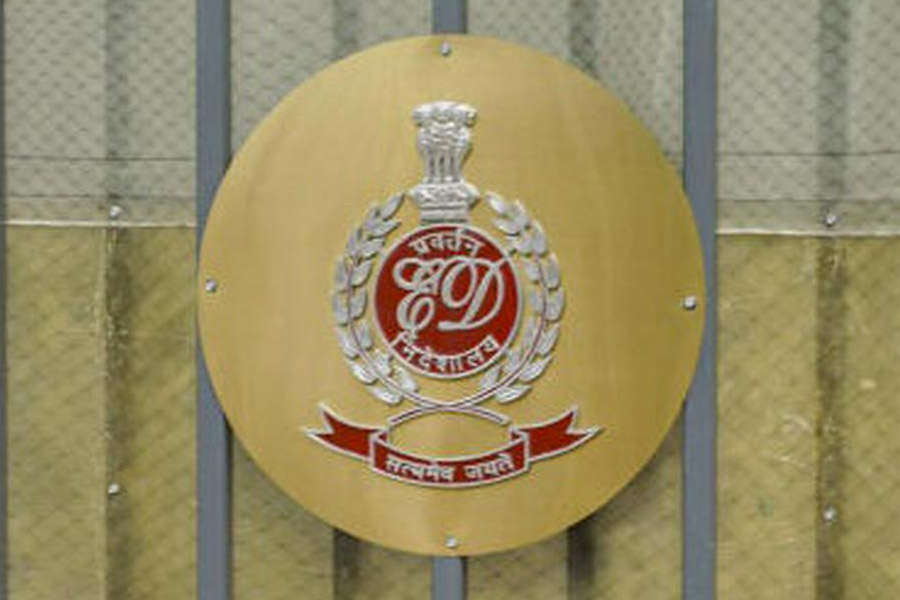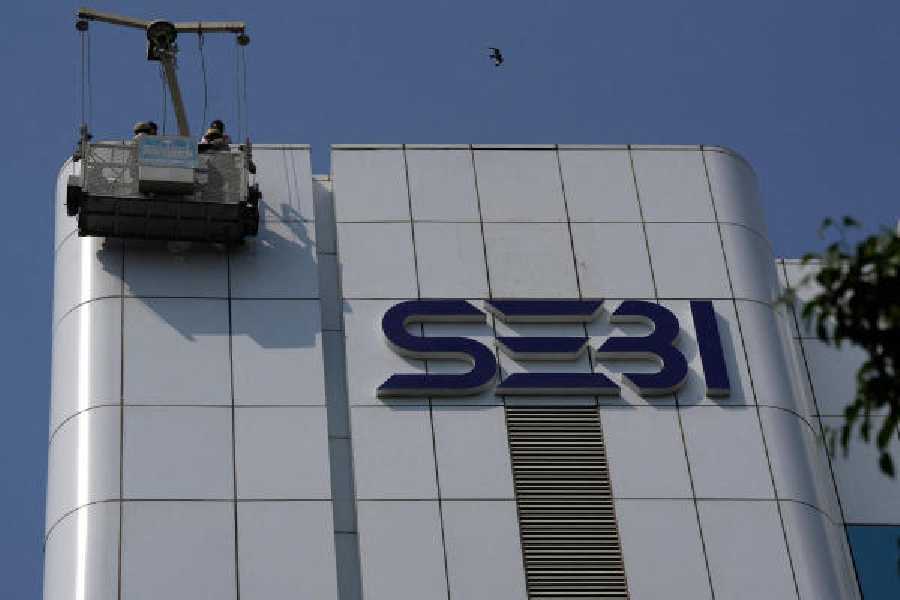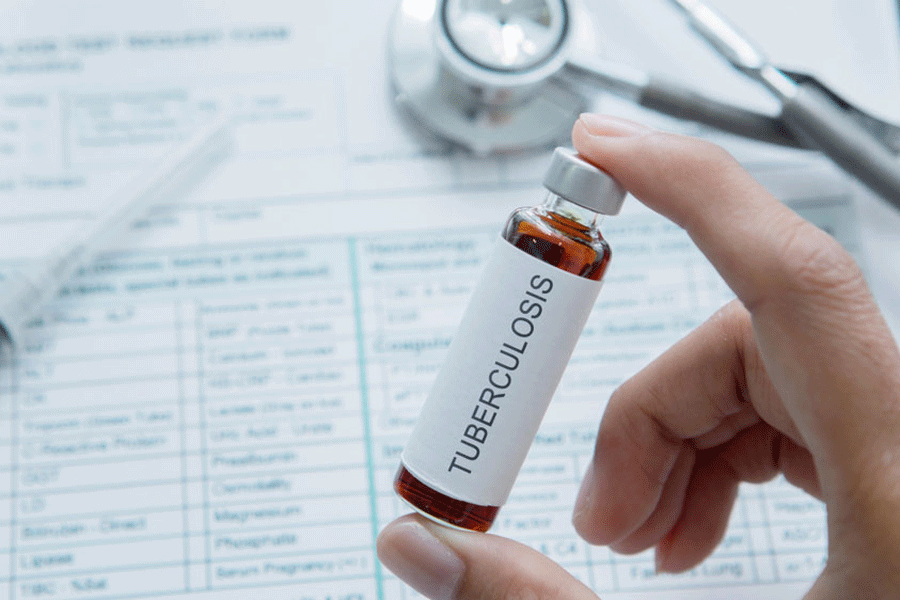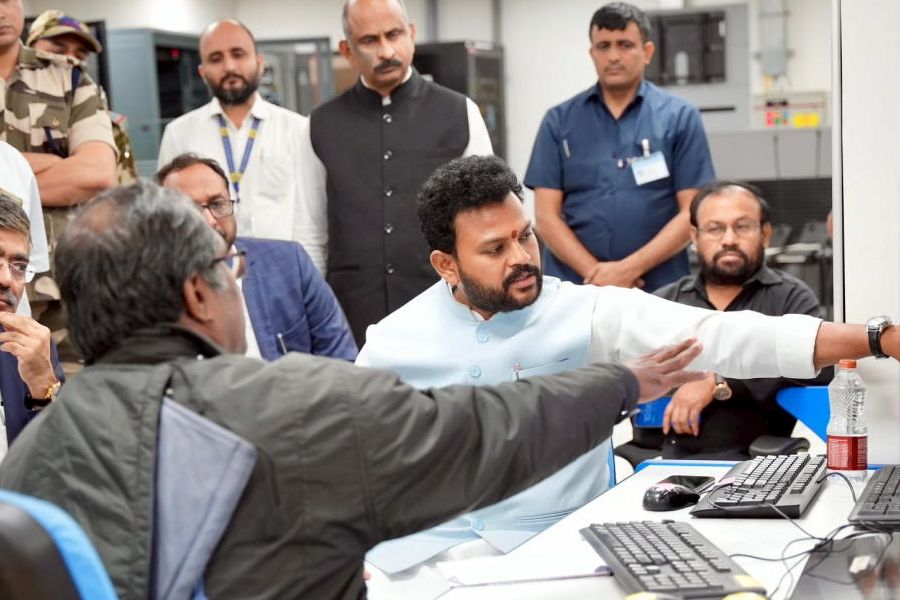
New Delhi: The Centre's medicine pricing regulator on Tuesday released fresh data indicating how hospitals can profit from needles and syringes used to collect blood, deliver insulin, or tap spinal fluid, among other applications.
The analysis by the National Pharmaceuticals Pricing Authority (NPPA) has found that the maximum retail prices range up to five times the price to distributors (PTDs) and average trade margins can range from 57 per cent for an insulin pen needle to 664 per cent for a hypodermic syringe.
"These trade margins show how some companies have artificially raised their MRPs at the behest of hospitals," the All India Drug Action Network (Aidan), a group of physicians, health activists and patients' rights advocates, said in a statement.
"Syringes and needles are among the most commonly used devices that account for huge bills," Aidan said, iterating its earlier calls on the government to revise price-control rules to cover more drugs and devices and factor in manufacturing costs.
"We acknowledge the (existence of) high trade margins in this product range motivated by an unhealthy race to defend or attain hospitals and retail customers, luring them with high trade margins," said Rajiv Nath, president of the All India Syringes and Needles Manufacturers' Association.
Nath said the AISNMA had taken an initiative to curb the trade margins to a maximum of 75 per cent over ex-factory prices, but some device-makers appeared unwilling to follow suit. "Some hospital chains have already switched their accounts or are in the process of switching their accounts to suppliers with higher MRPs," Nath said.
The Medical Technology Association of India (MTAI), a body representing several foreign device-makers, said on Monday it did not support "self-regulation" proposed by the AISNMA as it was "not a viable solution for enabling patient access to advance medical technology products".


